I like to beat dead horses, but I just wanted to make an additional point:
First of all, the problem is that not all conditions of your control structure have been addressed. Essentially, you're saying if a, then this, else if b, then this. End. But what if neither? There's no way to exit (i.e. not every 'path' returns a value).
My additional point is that this is an example of why you should aim for a single exit if possible. In this example you would do something like this:
bool result = false;
if(conditionA)
{
DoThings();
result = true;
}
else if(conditionB)
{
result = false;
}
else if(conditionC)
{
DoThings();
result = true;
}
return result;
So here, you will always have a return statement and the method always exits in one place. A couple things to consider though... you need to make sure that your exit value is valid on every path or at least acceptable. For example, this decision structure only accounts for three possibilities but the single exit can also act as your final else statement. Or does it? You need to make sure that the final return value is valid on all paths. This is a much better way to approach it versus having 50 million exit points.

